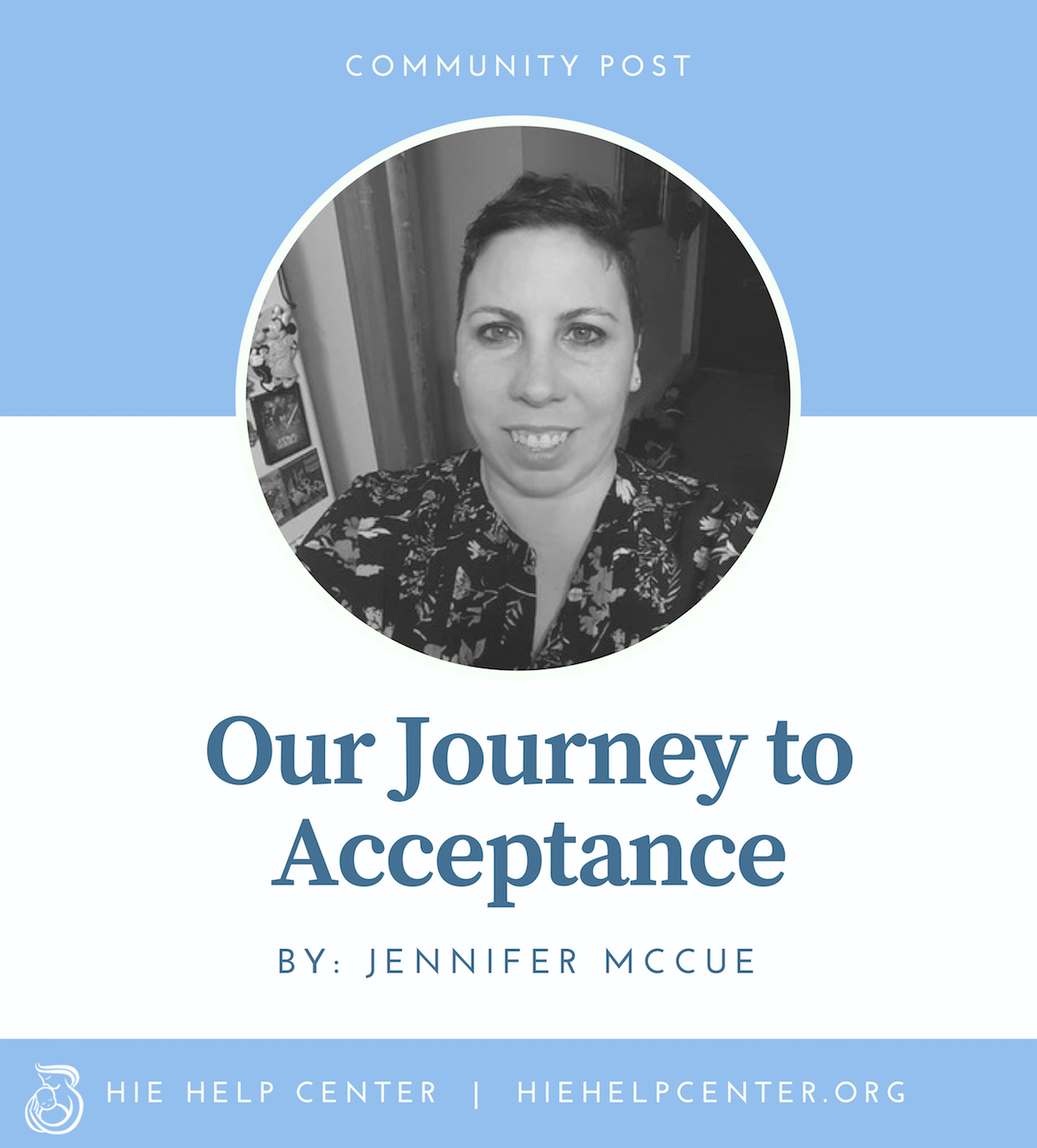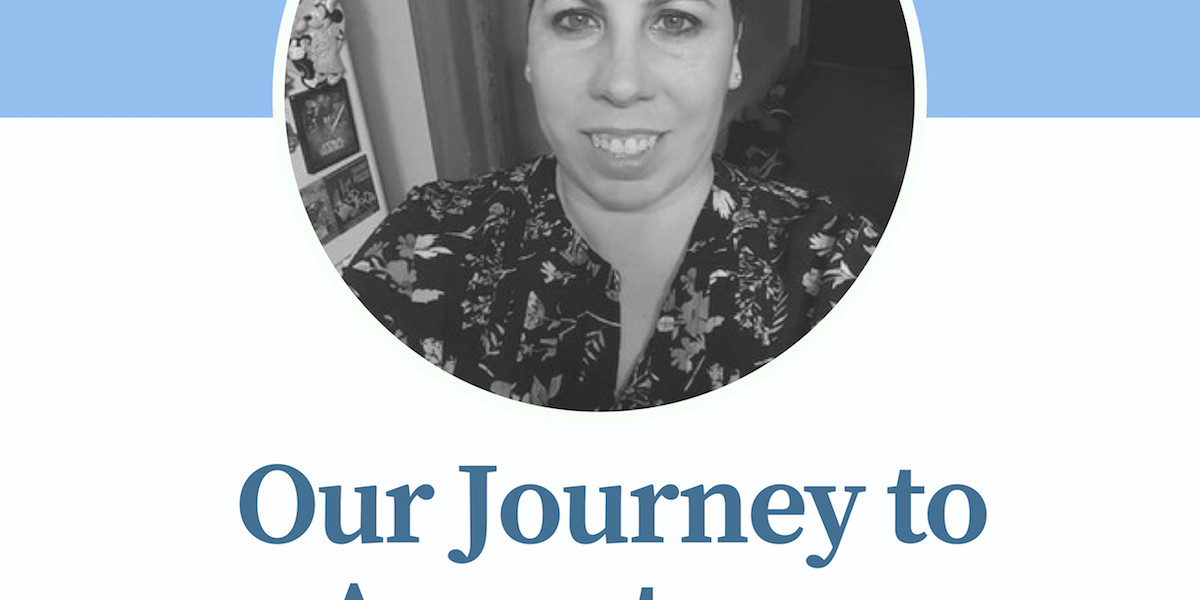Our journey as a “special needs” family began in June 2016 when our older son Daniel, then four-and-a-half, was diagnosed with type 1 diabetes. Later that year, October 2016, was the first time a professional threw out the A-word at us, when a psychologist who saw us for a family session asked why we had not previously disclosed that Daniel had Asperger Syndrome – we confessed that we simply hadn’t realized. Over the course of the 2016-2017 school year, Daniel ultimately underwent multiple evaluations, both through the school district and privately with a developmental pediatrician, all resulting in agreed diagnoses of autism spectrum disorder, ADHD, mixed receptive-expressive language disorder, and disorder of the central nervous system (in lieu of sensory processing disorder).
My husband and I each have a history dealing with these diagnoses; unlike many other parents, at least we weren’t thrust into the world of special needs without any prior knowledge. Even so, we struggled significantly – it’s all very different when it’s your own child you have to learn to keep alive. We are less than two years into this life, and acceptance is still difficult on some days, but at the beginning? It seemed like it would never come. The swell of emotion surrounding such diagnoses can be overwhelming: fear, anger, confusion, frustration – it’s all normal, and we experienced each of those and more. There are legitimate reasons why so many relationships fall apart in the wake of such diagnoses: the strain they pose is astronomical, and not everyone can manage to keep their heads above water.
One of our primary worry was whether our health insurance would cover the exorbitant costs involved with type 1 diabetes. Insulin alone can cost over $1000 each month for cash-paying patients, and without insulin, those with type 1 diabetes will die. That’s also not even considering the equipment needed to manage the disease: a glucometer and test strips; ketone strips; an insulin delivery method (syringes, insulin pen, and needle tops, or a pump and infusion sets), and all the miscellaneous paraphernalia like alcohol wipes and adhesive remover wipes. Could we provide well enough for Daniel? Could we access the services and therapies he would need to maximize his ability to function in the world? What would his school career be like? Would we be able to get him the accommodations and education he needed? Would our younger son, Owen, get enough attention and not always feel neglected or left behind? And we could
We’ve spent the better part of our time since then readjusting to life at our new normal. Neither diabetes nor the autism and ADHD have curtailed our family’s adventures – we’ve tackled Walt Disney World, beach days, music festivals, and professional sports games. Sometimes we have to leave early, or we pack noise-canceling headphones and a backpack full of activities, and sometimes we do say no to things or cancel on our friends at the last minute if we are having a day that is just too stressful, but by and large, our life has not been limited. On the other hand, the amount of planning it takes for us to take a simple day trip when before we would have just jumped in the car, is now so much more complicated.
First and foremost, did we remember Dan’s “diabetes bag”? It is filled with various rapid-acting sugar forms for unexpected low blood glucose – Skittles, Smarties, a juice box, that kind of thing. It also contains his glucagon – a hormone injection to be administered when blood glucose is so low, the patient becomes unresponsive – and his EpiPen, just in case he accidentally eats any number of foods he is severely allergic to (like peanuts, tree nuts, and fish). Additionally, the bag carries an extra pump infusion set in case we have to change his while we’re out and about, and an insulin cartridge, an insulin pen, and several needle tops for the pen, in case there is a pump failure and we need to administer insulin by injection instead. “How big is this bag this poor kid has to carry,” you ask? Pretty small – about 14 inches tall and maybe six or eight inches deep. It’s just a handy little pouch that we can throw in his backpack for school each day, or my purse, or sling over his shoulder if we need to!
Secondly, we have to consider where we will be, and will there be food there that Daniel can eat. Actually, the issue is not whether he can eat, but whether he will eat. Our general parenting style is fairly laid back, and with regard to diabetes and diet, our motto is “kid first, diabetes second.” He is not usually restricted from eating anything. If we are at a birthday party and there is cake, he can have the cake if he wants it. I don’t bake low-carb, or gluten-free, or anything like that, to substitute for what might be given to other children. To be sure, other parents in the d-world DO monitor their children’s intake much more carefully; if that works for them, great! It simply doesn’t work for us. Once we account for his allergies and his avoidances and aversions, we can often find at least one or two foods available where we will be that Daniel can and will eat, and then we pack a bunch of items that we also know he will eat: dry cereal, goldfish, pretzels, cheese sticks, fruit salad, apple or orange slices, graham crackers, and sometimes (but only sometimes) chicken nuggets.
Here’s the reality, friends: there’s no insider secret on how to come to acceptance and move forward. Some people turn to religion, in whatever form that takes; others lose their faith and come out better for it. Some people live in denial, leaving their partner or someone else to carry the burden of parenting the child, while others dive in head on. Some people choose to keep to themselves, feeling nobody else understands them and their battles, and others find their community and get involved with advocacy and volunteering. Some people need help from a professional therapist and/or medication. Our path thus far has contained a little bit of all of this, with “finding our community” being probably the biggest benefit for all four of us. It’s the one and only thing I would encourage every special needs parent to do.
For us, our community comes in several forms. Of course, we have our family and friends to support us; though Daniel is the only one in the family with type 1, which is still an isolating factor, we are surrounded by this pretty amazing group of people who don’t blink when we cancel plans, and who genuinely care about both of our children, and us, too. We are luckier than most when it comes to that! We also got involved with JDRF, the leading organization for support of those with type 1 diabetes – in fact, we had signed up for our very first fundraising walk before we even left the hospital upon Daniel’s initial diagnosis. Then there’s Parents of Special People, Inc., our hometown community group of special needs parents. These folks have been such a lifeline for us as we’ve transitioned Daniel into all-day school, and they are such a supportive, positive influence for us. It is also a place where siblings of special needs children are also welcomed, giving them a place among other siblings who “get it,” and also providing a great number of activities where the affected children and non-affected siblings can participate together. I love the level of inclusion, and the empathy and compassion it teaches the siblings. I also love that my Owen will grow up with other siblings who will understand his specific experience.
Daniel has a difficult road ahead; we all do. It may not be more difficult than some others in the special needs world, but it is still difficult. Type 1 diabetes is an autoimmune disease – meaning it is not connected to diet or exercise, it cannot be reversed, and there is currently no cure, so he will live with this disease for his entire life. Since he is currently only six, that should be a long, long time. Autism? Also not something people grow out of, and though he can be considered “high functioning,” that’s a suggestive label with no medical weight behind it. We take that to mean he can occasionally pass for “normal,” whatever that is, and what’s the point of that anyway? Why would we want him to be anyone other than himself? The ADHD and sensory issues, well, we will help him learn to cope with those things and do whatever needs doing as time goes on. The end goal is to teach him how to manage all of these issues in such a way that he can live a full and independent life, and we could not be able to do those things had we not been able to come to terms with the reality of our current existence.
Related Reading:



Jennifer, you are an amazing mother, an amazing person. I understand so much more in reading this i am in awe
<3 <3 <3 Thanks Karen!